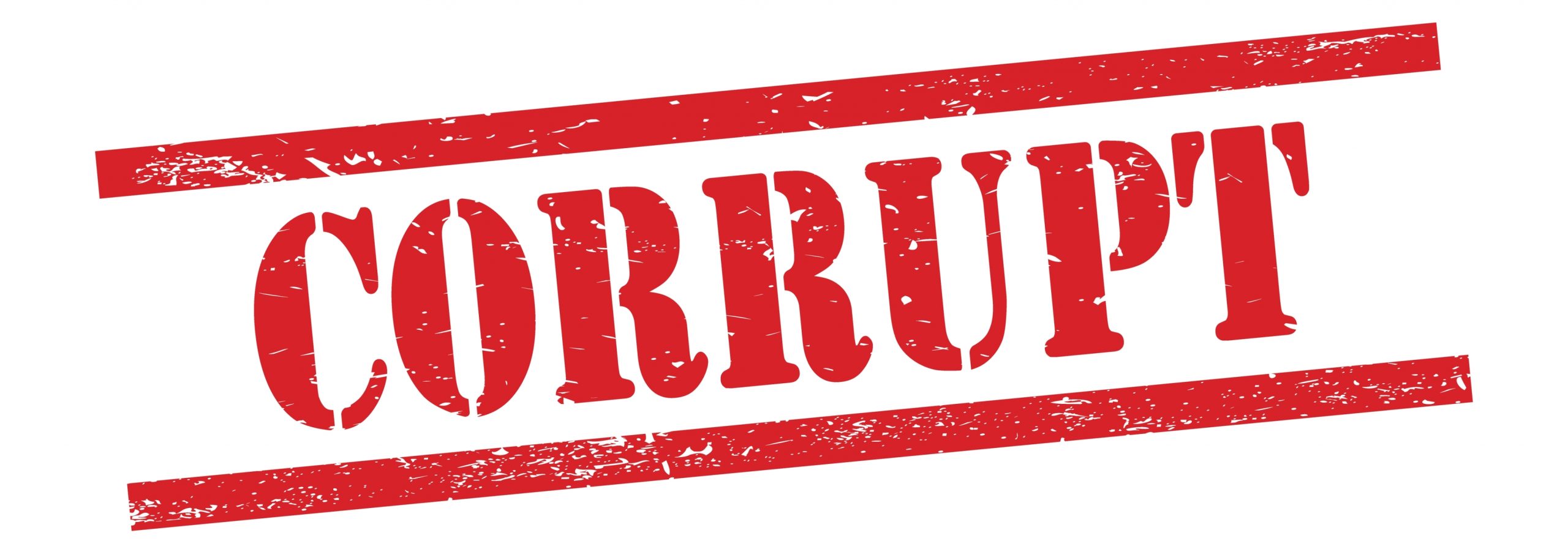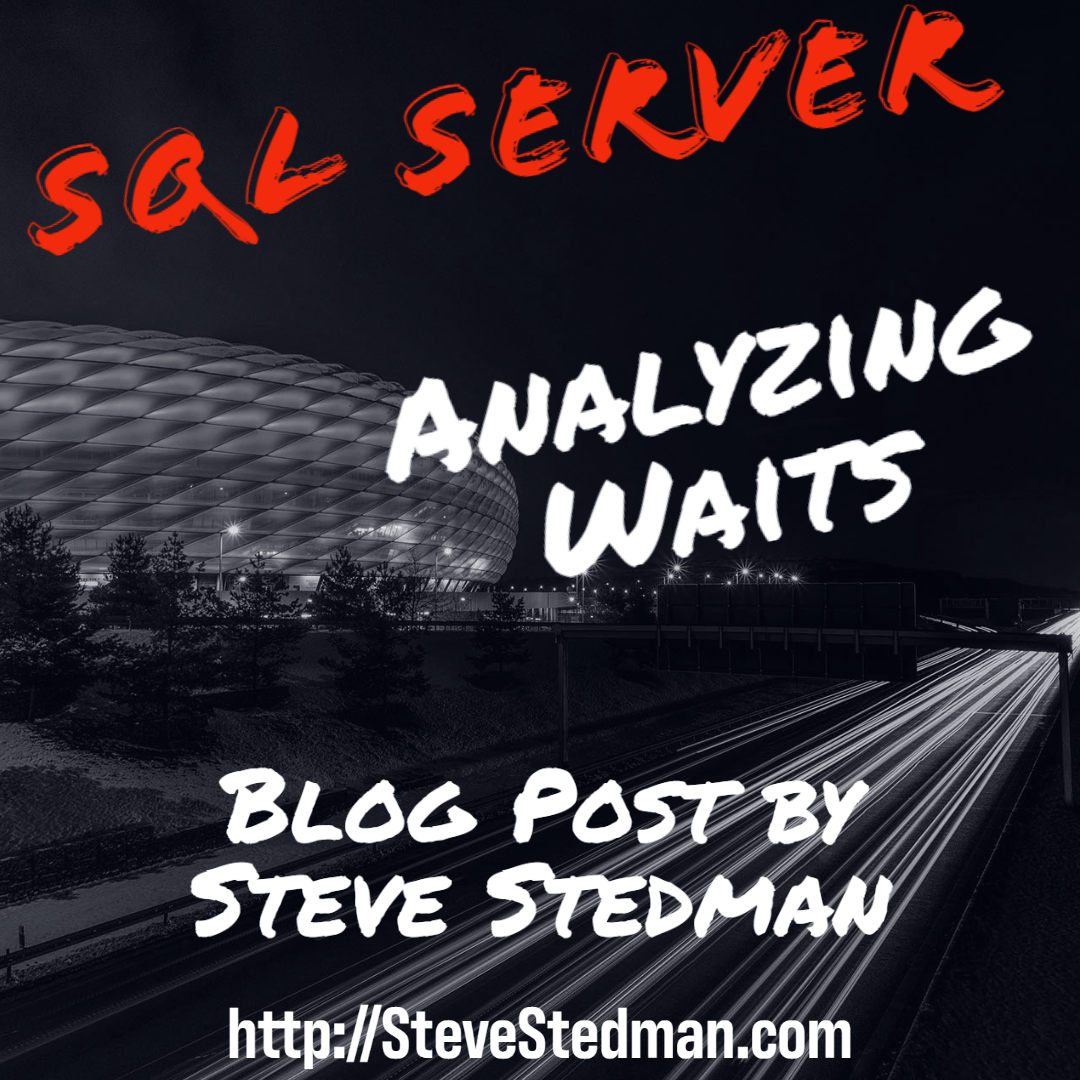Securing SQL Server: Basic Security Measures
There are several ways that you can secure SQL Server, including: Enabling authentication and authorization: This helps ensure that only authorized users can access the SQL Server instance and the data it stores. Encrypting data: Encrypting data can help protect it from being accessed by unauthorized users, even if it is stolen or compromised. Using firewalls: Firewalls can help block …





